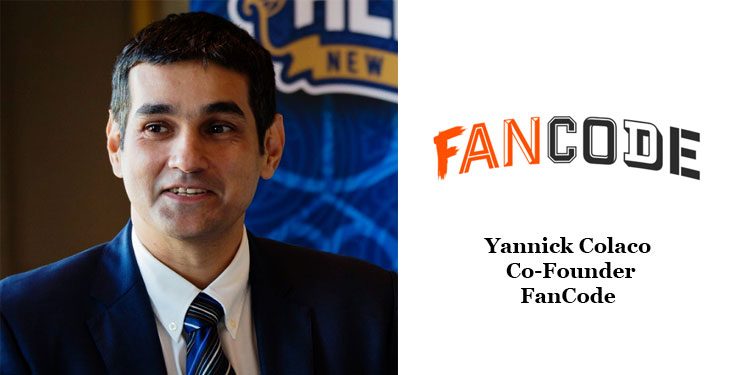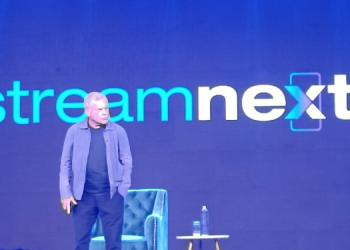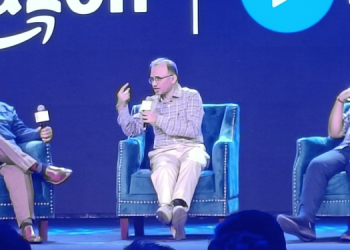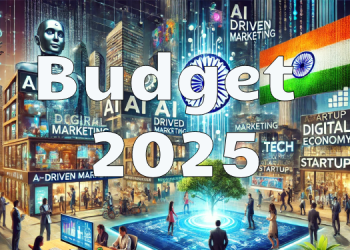The way we consume sports today has come a long way. There was a time when consuming sports meant being glued to the television for that all-important cricket match, remote control in hand, and god-help the one who tries to flip the channel to watch something else! It was all about getting the match timing right, proper cable reception/connection, subscription to the right TV channel, and ensuring no one else got to hog the TV while your match was on.
The Big Shift: From TV to Online
The picture today is very different. As technology changed, so has the way we consume sports. From being glued to our TV sets, we have become streaming addicts. Now, no match can be missed as we have access to every game at our fingertips! Yes, patchy internet speeds do play spoilsport sometimes, but mostly, the freedom to be able to access the game from anywhere at any given time is exhilarating. With improving internet speed and data becoming cheaper, suddenly, the mobile phone is bringing a revolution in the world of sports. Fans are no longer at the mercy of a linear distribution network and the programming stipulated by it. For the first time ever, fans are now consuming what they want, when they want and where they want.
Looking beyond Cricket
Sports has always been ostensibly one of the purest forms of entertainment. Unscripted, exciting and full of drama, Sports has always connected with consumers at a raw emotional level that most forms of entertainment can’t. And as consumer demand has evolved, so has the sport.
Cricket was transformed when the T20 format was born and fans lapped it up. Not only because it was fast and exciting, but because it addressed the needs of an evolving consumer; someone whose changing lifestyle put a much higher premium on “time”. The true turning point in Indian sports, inarguably, has been the launch of the IPL (Indian Premier League) which further fed the modern consumers’ appetite for short-format entertainment. But along with that, IPL also brought a whole new approach towards sports leagues and fan engagement.
The success of the IPL has led to the development of other sports leagues including Football, Kabaddi, Badminton, Hockey and Wrestling to name a few. The growing exposure to these sports and their marquee global properties has also accelerated fandom for global sports clubs and events which has been facilitated tremendously by access provided by the digital ecosystem – access to live content, to news and views, to the world of these athletes and clubs themselves
Today, sports enthusiasts in India are not just looking at cricket. There’s an active demand for all kinds of sports such as Football, Basketball, Volleyball, Kabaddi, Tennis, Table Tennis, Badminton…and many more. Fans are making a point to educate themselves and are engaging with these sports in large quantities. It helps that brands are recognizing these changing requirements of the Indian fans and are slowly but surely working towards providing solutions in the form of leagues and broadcast of live games for fans to view and connect with.
From viewers to participants
Sports fandom is, by nature, very active. Every sports fan loves the opportunity to express his views, engage with like-minded fans of the teams they support and banter with those of teams that they don’t. Technology and the digital age has once again facilitated the fan, expanding the match experience to well before, during and after the match is played. Every aspect of the game is dissected right down to the bones, and then some more. This has led to consumers going from being mere viewers to craving a deeper engagement with the game itself.
Fans enjoy being ‘experts’ in their own rights. Putting in hours of research to understand the game, the strategy behind it and the players and their strengths and weaknesses. There is much debate and deliberation amongst fans over the tiniest things – from the way a particular ball was bowled to the way a particular foul was called. It’s no longer just about being ‘entertained’. It’s about being a part of the ever-growing community of sports enthusiasts who live and breathe sports. From being a fun way to pass time, sports have today become the point of convergence for all those who want to take their love for the game to a much larger arena. This has given rise to a hitherto unheard of a phenomenon in India – that of sports fandoms – where sports is not just a hobby, but a way of life.
The rise of Fantasy Sports
The sports fan’s passion runs high – it almost feels as if sports fans today have their own skin in the game. And, with the advent of Fantasy Sports, this has just turned out to be true. The avid sports fans, who have deep knowledge and are comfortable with technology, have taken no time to adapt and propagate Fantasy Sports. On Fantasy Sports platforms, like Dream11, users draft their own virtual team consisting of real players from both teams, garnering points based on the actual statistical performance of players during the course of the real-life match. Unlike simulation games, outcomes of Fantasy Sports are based on the actual statistical performance of players in real matches.
Engaging avenues like Fantasy Sports provide fans with the opportunity to compete with other fans and showcase their skills and knowledge of the sport – immersing themselves in the sport in an incomparable manner.
Interestingly, a recent study shows that 37% of fantasy sports players consume more than 6-8 hours of real-life sports content per week to stay updated with knowledge on players and match conditions, turning passive sports viewers into active participants of a match (Source: Fantasy Sports – Measuring its impact on actual sports consumption, IFSG and Nielsen). These factors are working in tandem to increase fan engagement over the last couple of years. In fact, the study also states that 62% of respondents who participated in the study watch different types of leagues, even when their team/country is not playing.
Ever-evolving needs of the Sports Fan
As the number of sports fans has continued to grow, spurred by mobile proliferation and innovations such as Fantasy Sports, so has their need for a better consumption experience. An experience which is comprehensive, which isn’t fragmented and one which puts the user first. Technology, today, provides the tools to make this a reality and it’s critical for companies in the space to deliver.

















